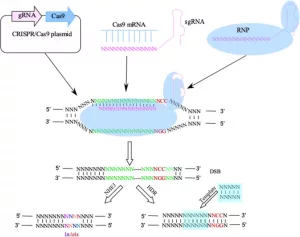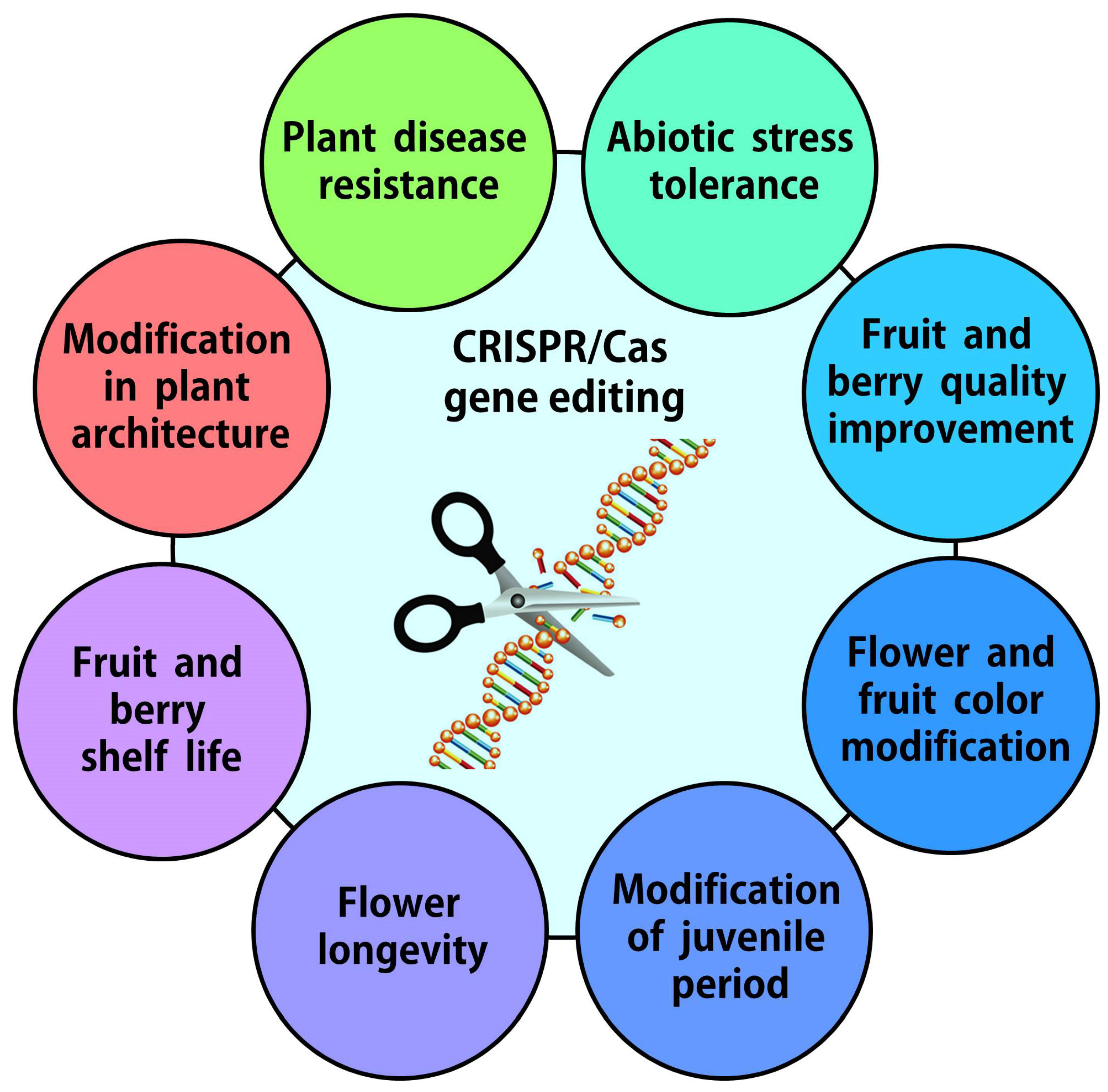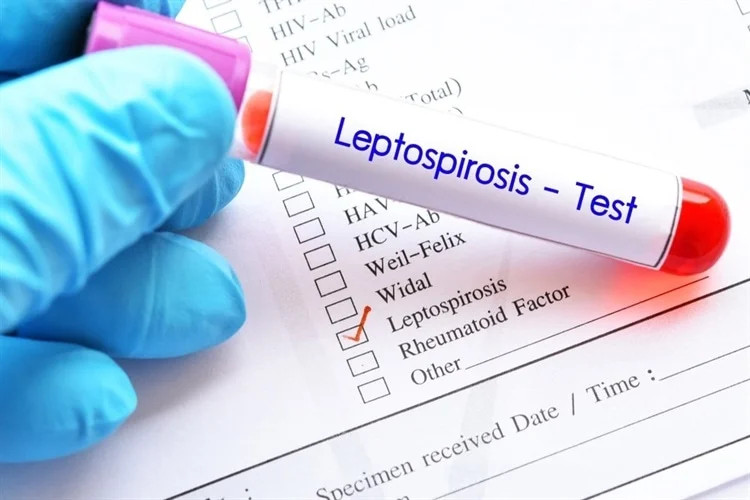Genome editing is a technology that allows for precise modifications to an organism’s genetic material, such as DNA or RNA. Genome editing works by introducing specific changes to the DNA sequence of an organism. At present, the newly introduced method of genome editing is efficiently done by using CRISPR-Cas9 system. The CRISPR-Cas9 system is a genome editing technology that uses RNA-guided enzymes to target specific DNA sequences and cut them. The system involves two components including a guide RNA (gRNA) that directs the enzyme Cas9 to the target site and the Cas9 enzyme that cuts the DNA. The cut site can then be repaired by the cell’s natural DNA repair mechanisms, resulting in either the deletion, insertion, or replacement of the targeted DNA sequence.
CRISPR-Cas9 gene-editing technology is currently widely used to study genes of interest. CRISPR-Cas9 is an innovative gene-editing technology that has transformed the field of genetics and biotechnology. New advances in molecular biology and gene editing technologies can precisely allow the manipulation of targeted genes. The potential uses of CRISPR-Cas9 genome editing are broad and diverse, and the technology has the potential to make significant contributions to many different fields. However, it is important to ensure that the use of this technology is regulated appropriately and consideration of ethical issues should be over emphasized.
CRISPR stands for “Clustered Regularly Interspaced Short Palindromic Repeats,” and refers to a unique DNA sequence found in bacteria. Cas9 is a protein that is guided by RNA to the target DNA sequence and cuts it at the desired location.
Genome editing is a powerful tool for agriculture production as it allows for the precise modification of an organism’s genetic material. However, one of the challenges of genome editing is the risk of off-target effects, where unintended modifications may occur in locations other than the intended target site. CRISPR-Cas9 has significant potential to improve the efficiency, sustainability, and resilience of agricultural systems. However, it is important to ensure that the use of this technology is safe, ethical, and regulated appropriately.
CRISPR-Cas9 system
CRISPR-Cas9 system is a powerful genome editing tool that enables scientists to make precise and targeted changes to DNA sequences. The method involves using a guide RNA molecule to direct the Cas9 protein to a specific location in the genome, where it cuts the DNA strand. With prime editing combines the benefits of two existing genome-editing methods, CRISPR-Cas9 and reverse transcriptase, to make precise changes to DNA sequences without causing double-stranded breaks or off-target effects. In prime editing, a guide RNA is used to direct a modified version of Cas9 to the target site in the DNA sequence. Instead of making a double-stranded break in the DNA, prime editing uses a modified Cas9 to nick one strand of the DNA, which allows a reverse transcriptase enzyme to insert a new DNA sequence into the nicked strand. This process can introduce precise changes to the DNA sequence without causing unintended mutations.

CRISPR-Cas9-based gene modification. Common methods of delivering the CRISPR system include a plasmid-based method and Cas9 protein complex with sgRNA or RNP. After the sgRNA binds to the target site of genomic DNA, the Cas9 protein creates a DSB around the PAM site. Random indels or precise modifications are introduced into the genomic DNA by the NHEJ or HDR pathway (Source Tian et al., 2019).
The potential benefits of prime editing are significant, as it could be used to correct genetic mutations that cause disease or to introduce beneficial traits into crops. It may also be safer than other genome-editing methods because it is less likely to cause unintended changes to DNA sequences. However, prime editing is still a new technology and requires further research to understand its full potential and limitations. Nonetheless, it is a promising development in the field of genome editing that may lead to safer and more precise gene editing in the future.
Applications of CRISPR-Cas9 in the future agriculture
The development of a new method of genome editing that reduces the risk of off-target effects would be a significant breakthrough for agriculture production. Researchers may use CRISPR-Cas9 in several agricultural plant species, by targeting various genes of interest for improved nutrition, enhanced disease resistance and improved tolerance against drought. By minimizing the risk of unintended modifications, this new method could increase the efficiency and safety of genome editing, and potentially lead to the development of new crops with improved productivity.
Through reducing the risk of off-target effects could also address concerns regarding the safety and regulation of genetically modified organisms (GMOs). By demonstrating that genome editing can be conducted safely and with precision, this new method could pave the way for wider acceptance of genetically modified crops and their adoption by all uses. However, it’s important to note that the use of CRISPR-Cas9 is a relatively new and rapidly evolving field. It is essential that any research using this technology is conducted ethically and with proper consideration of potential risks and consequences.
The CRISPR-Cas9 system has many other potential applications in research, including gene therapy, synthetic biology, genetic engineering of crops, disease diagnosis, and the development of new treatments for diseases. However, it’s important to note that the use of CRISPR-Cas9 is a relatively new and rapidly evolving field. As the technology continues to grow, there may be even more applications discovered in the future. Therefore, with this new development Sokoine University of Agriculture can improvise a research laboratory unit that will have a CRISPR-Cas9 system for performing different research in this direction. By creating a laboratory unit that has access to this technology, Sokoine University of Agriculture can be at the forefront of research in these areas.
CRISPR-Cas9 is a powerful gene-editing technology that has the potential to revolutionize agriculture by enabling scientists to make precise and targeted changes to crop genomes. Transcription activator-like effector nucleases (TALENs or TALE) and Base editing are the other more recent genome editing technologies that allow for precise genome editing. These tools could help solve some of the world’s most pressing challenges, such as food insecurity, genetic diseases, and environmental degradation. The development of a new method of genome editing that reduces the risk of off-target effects holds great promise for agriculture production and could help address some of the challenges that face our global food production.
From the Department of Animal, Aquaculture, and Range Sciences in the College of Agriculture, SUA, Morogoro, Tanzania.
Share this page




